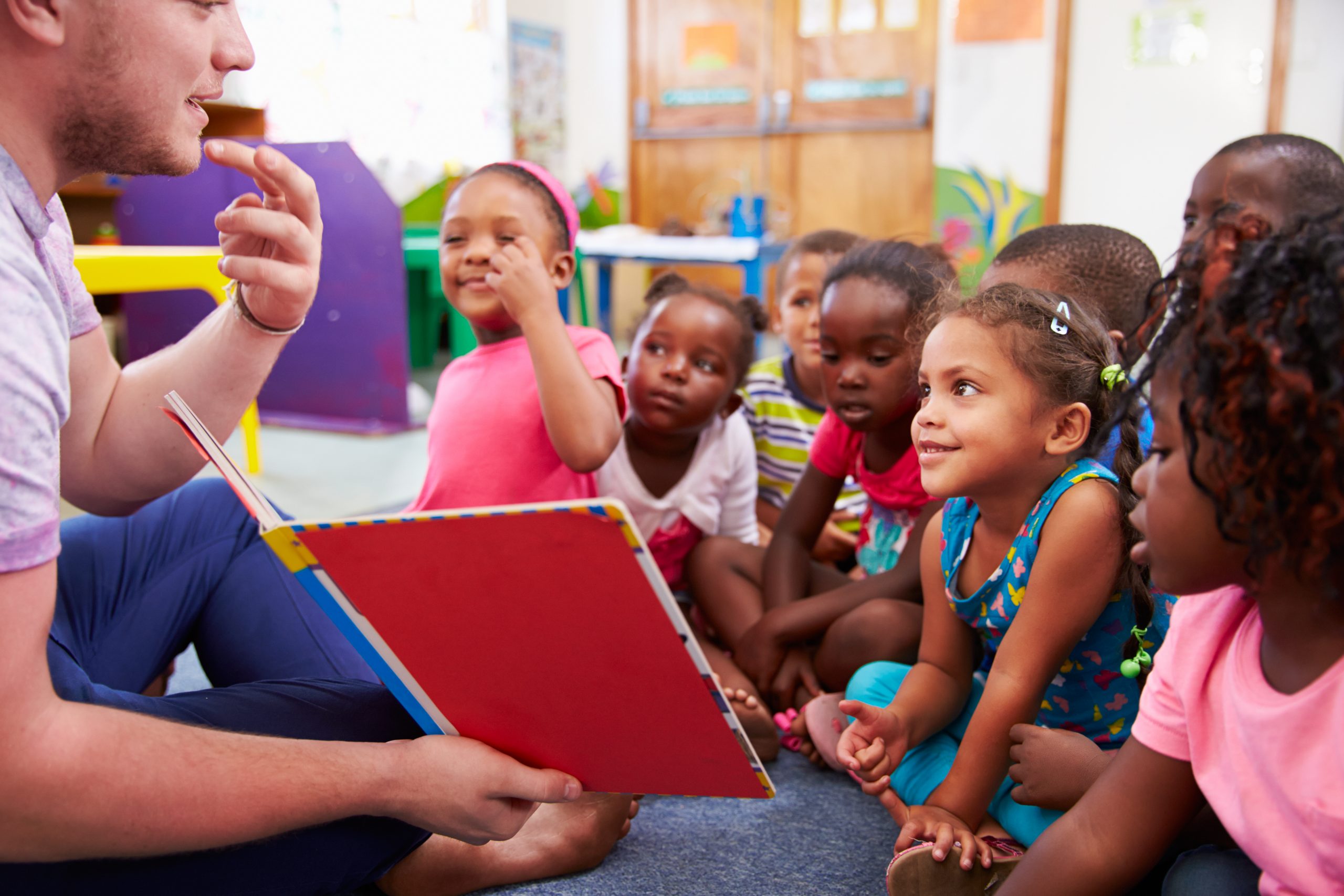Explore resources and activities relevant to courses that examine literature written for children birth to 8 years old. These types of courses include reading and analysis of literature in various genres and formats. These types of courses evaluate literature in relation to cognitive and linguistic development, emergent literacy, linguistic and cultural diversity, and family and school literacy. Theories about the functions and applications of literature are explored in these types of courses.
Course Activity 1: Sharing Literature with Young Children
Teachers sometimes find that parents, and even some school officials, are not aware of the importance of sharing good-quality literature with young children. Information in these three blogs, Reading Stories Can Feed the Imagination and Spur Brain Development, Choose Good Books That Accurately Reflect Cultures and Home Languages, and Learning New Words Through Read Alouds, can help students develop a rationale for choosing and teaching with books that have been written for children that can be shared with families and others. Ask students to identify at least six IELDS and/or kindergarten language arts benchmarks most likely to be addressed when a teacher shares such literature with children. Invite the class to divide into pairs to develop a rationale for sharing children’s literature in the classroom. Bring the groups together to discuss what they developed and create a rationale statement that could be shared with parents, school officials, and their community.
Course Activity 2: Super Story Time
The Super Story Time blog describes a variety of literature-based activities that can be used in the classroom or at home. Ask students to recall which, if any, of these activities they have done, either as children or in their classrooms. What was memorable about the activities? Extension: Ask pairs or small groups of students to select one type of activity listed in the blog and identify two language arts benchmarks that could be met with the activity, and at least two benchmarks from other curriculum areas. Ask pairs or small groups of students to act out stories from children’s books they read for the class. This can be very informal, as would be the case with very young children, or a more elaborate performance with props and costumes, which might be appropriate for early elementary-age students.
Course Activity 3: Using Predictable Books and Response Journals with Young Children
The Tip Sheets Using Predictable Books with Young Children and Young Authors at Work: Literature Response Journals suggest specific classroom activities for teachers. Ask students if they can recall any predictable books from their childhoods. What qualities made those books memorable? Ask students to identify books on their class reading list that could be considered “predictable” books. What are some classroom activities they might offer related to these books? Ask students to create their own literature response journals for one or more of the children’s books on the class reading list. Have them share entries with classmates and briefly discuss them. Questions for reflection/discussion might include: In what ways, if any, do students feel the sharing of response journals contributes to their engagement with the books?
Course Activity 4: The House Project
The House Project describes how the reading of a familiar folk tale (“The Three Little Pigs”) was the catalyst for an in-depth Project Approach investigation of houses and other homes in a preschool classroom. In the process, children gained knowledge and skills in science, mathematics, and social studies. Family involvement was also a feature of the project. Invite students to consider which of the children’s books on their course reading list might spark young children’s in-depth, first-hand study of something around them. In pairs or small groups, have students brainstorm ways to facilitate such a study. What materials might be needed?
Extension: Ask students to identify some specific standards and benchmarks (IELDS or kindergarten) that might be addressed in this type of project work. Questions for reflection/discussion include: What did the teachers do during the House Project to engage the children’s families? How would they invite families to be part of any literature-inspired projects they might design in the future?
